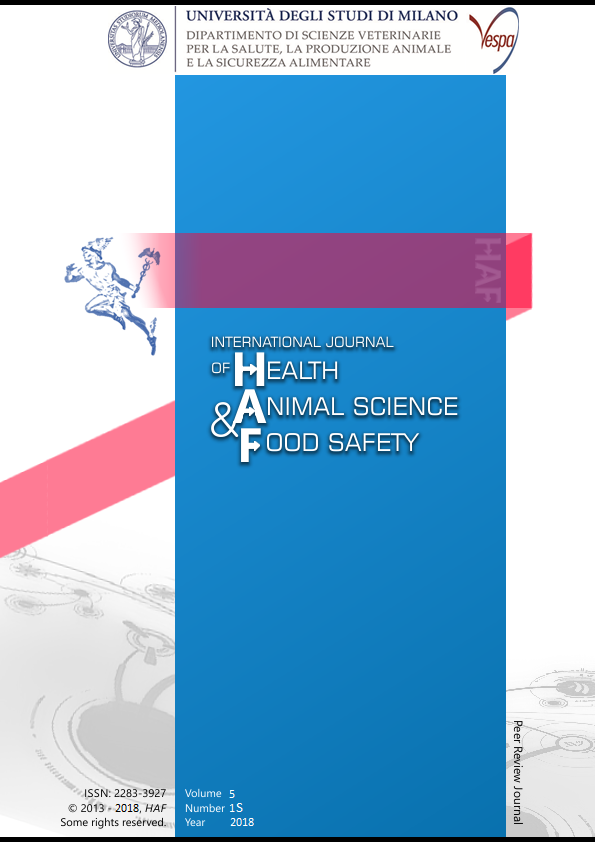Abstract
Predictable immobilization of wild zebras is challenging and there is massive variation in opiate response within different species.
Etorphine combined with azaperone is considered the protocol of choice, but no studies have investigated the physiological response to this procedure of immobilization in plains zebras.
Eleven free-ranging plains zebras (Equus quagga) were immobilized in Kenya using a combination of etorphine 0.019 ± 0.003 mg/kg and azaperone 0.27 ± 0.05 mg/kg administered intramuscularly with a projectile dart. After recumbency, an arterial sample was performed for blood gas analysis and physiological parameters were recorded every five minutes.
Descriptive scores were given to the exertion resulting from high-speed chasing and to the quality of induction, immobilization and recovery. Diprenorphine or naltrexone were used for opioid antagonism.
In all zebras, the combination induced quick inductions within 3.5 ± 0.8 minutes and provided reliable recumbencies without attempts to stand for the entire duration of the immobilization.
The average heart rates, respiratory rates and mean arterial blood pressure recorded were 102 ± 42 beats/minute, 18 ± 4 breaths/minute and 145 ± 28 mmHg respectively. Arterial gas analyses demonstrated mild to severe and partially compensated metabolic acidosis and hypoxia, while electrolytes were within equids range. In particular, higher exertion levels during the chasing were significantly correlated to worse immobilization scores (p=0.008) and hyperthermia occurrence (p=0.0012) and non-significantly to more severe acidosis. Recoveries from anaesthesia were smooth, on average 121 ± 38 seconds after diprenorphine/naltrexone administration.
Etorphine-azaperone combination produced physiological alterations in free-ranging plains zebra such as tachycardia, hypertension, metabolic acidosis and hypoxemia. However, these preliminary results indicate that high-speed chase might be responsible for the physiological imbalance and that this drug combination does not suppress the compensatory response. Regardless of the metabolic status, recover from immobilization was uneventful and all zebras went back to normal behavior thereafter.
Riferimenti bibliografici
Hoyer, M.J., de Jong S., Verstappen F. T. J. and Wolters M. (2012): “Standing sedation in captive zebra (Equus grevyi and Equus burchellii).” Journal of zoo and wildlife. 43, 10-14.
Janssen, D.L., Allen, J. L. (2015). Equidae. In Fowler's Zoo and Wild Animal Medicine, Volume 8, 559-567.
Kock, M., Burroughs, R. (2012). Chemical and physical restraint of wild animals – a training and field manual for African species. International Wildlife Veterinary Services.
Stemmet G. (2017). Comparison of chemical capture efficacy of non-potent opioid drug combination to the preferred etorphine based combination in zebra (Equus zebra). Proceedings of SAVA Wildlife Group Congress 2018, 80-81.
West, G., Heard, D., Caulkett, N. (2014). Nondomestic Equids. In Zoo animal and wildlife immobilization and anesthesia. (2nd edition). Ames, Iowa, USA: Wiley Blackwell Publishing, 719-728.
This work is licensed under a CC BY-SA 4.0 international

